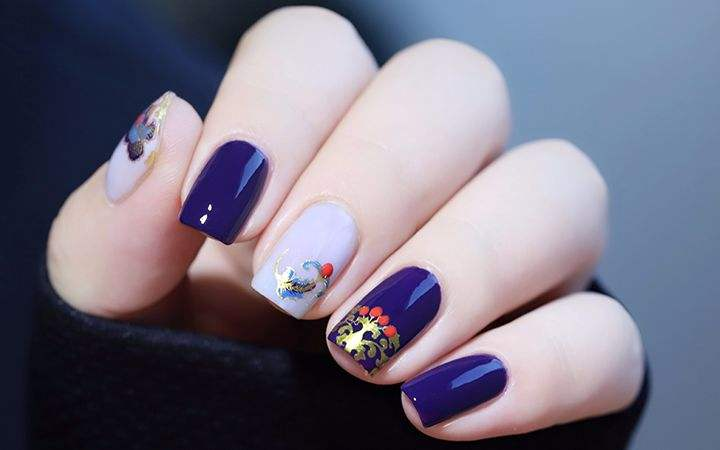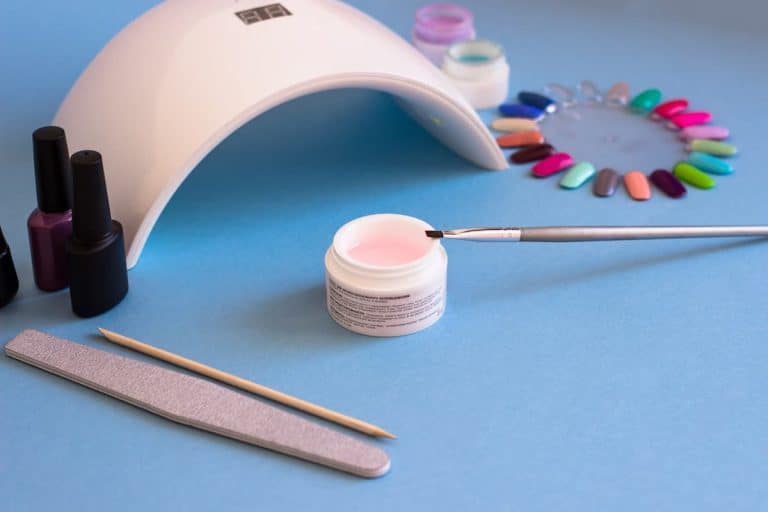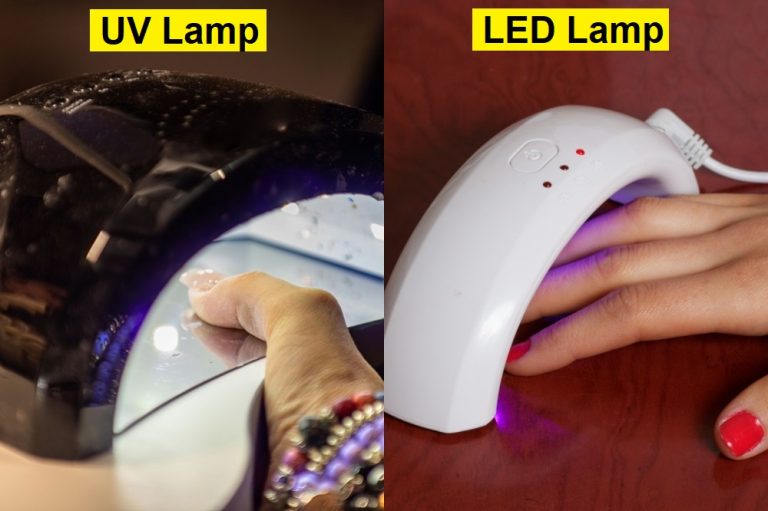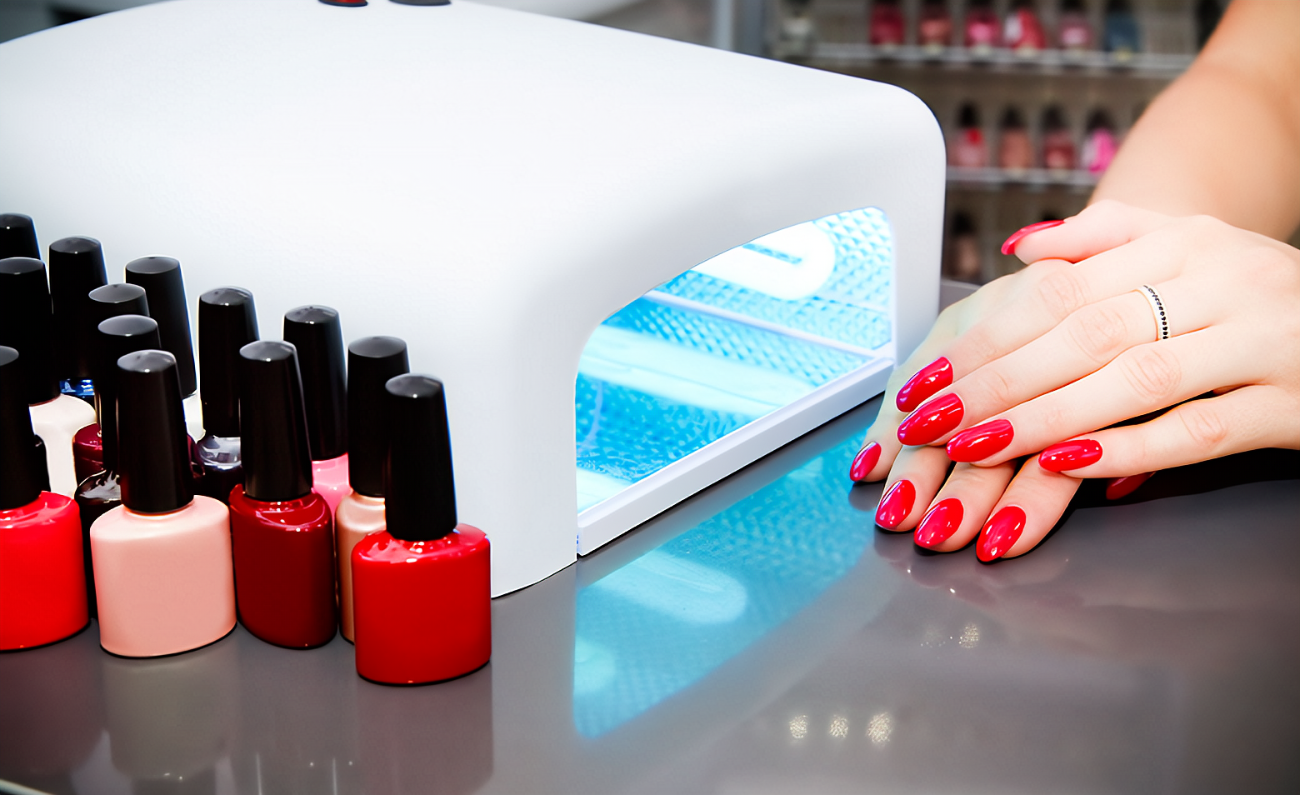Copyright belongs to the author. For commercial reprints, please contact the author for permission. For non-commercial reprints, please provide proper attribution.
Many frequent manicure enthusiasts may have experienced this: after getting a fresh manicure, you admire your nails’ beauty, but as time passes and you remove the polish (or sometimes forcibly pick it off), you notice that your nail surface feels dry, thin, and sometimes even begins to split. Researchers have used confocal microscopy to measure the thickness of nails before and after manicures, revealing that the average thickness decreases by nearly half after removing the manicure. Moreover, some individuals report that their nails become thinner, more brittle, and even develop splitting at the tips.
With these rather alarming findings, you might wonder whether it’s still safe to get a manicure. The answer is yes, you can continue to enjoy manicures. But first, let’s understand what happens during a manicure. To achieve the best nail results and long-lasting color, many opt for professional manicures performed at nail salons. There are two primary types of manicures: acrylic nails and gel nails. Both of these contain acrylic acid as their primary component. The difference lies in the preparation method. Acrylic nails require blending acrylic powder and solution to create a gel-like texture before applying it to the nails, whereas gel nails can be directly applied with a base gel. Essentially, there’s no substantial distinction between the two, similar to using milk and flour to make cake batter. Both can create beautiful manicures, but acrylic nails involve slightly more complex steps. Therefore, most nail salons now predominantly offer gel nail services.
The manicure and removal processes can both damage the nails. For example, during a typical gel manicure, the steps include: 1. Grinding the nail surface to remove oil, making it rough for better polish adhesion. 2. Cleaning the nail surface with alcohol and applying a bonding agent and base gel. 3. Curing the gel under UV light. 4. Applying gel and extending the nails using a tip, followed by curing and filing. 5. Adding color or designs. 6. Applying a top coat.
Because the top coat cannot be removed directly, the removal process involves first grinding down the top coat. Then, cotton soaked in acetone is placed on the nails to soften the gel, which is subsequently scraped away using a file. It’s evident that both manicure and removal processes can inflict violence on the nails, particularly during the grinding of the nail surface. While the exact reason for nail thinning after manicures remains unclear, researchers speculate it may be related to the composition of nail polish gels, the composition of gel polish removal solutions, and abrasion of the nail surface during filing.
Nail growth occurs as follows: around the base of the nail, there’s a group of basal cells known as the nail matrix, which is the growth zone for nails. The basal cells divide actively, and the new cells undergo keratinization, moving toward the nail surface while pushing the older nail toward the fingertip. When the old nail extends beyond the fingertip, it’s slowly trimmed away, leaving only the new nail with normal thickness covering the surface. Sometimes, excessive manicuring not only causes nail thinning but also leads to problems like paronychia, an infection around the nail. Considering that nails serve important physiological functions by protecting the distal finger bones and enhancing fingertip sensitivity, it’s crucial to take proper care of them.
So, how should you enjoy manicures responsibly? 1. Ensure that your manicurist washes their hands and disinfects tools before starting the manicure. 2. Ask your manicurist not to over-file your nails. 3. Avoid over-cleaning the cuticles around your nails. During a manicure, manicurists usually clean the skin around the nails. This cuticle serves to protect the nail matrix from bacteria. If the cuticle is completely removed, it may allow bacteria to enter and cause infections. 4. Use specialized nail polish removers when needed, and avoid scraping your nails with your fingers or tools. 5. Opt for disposable nail polish removal packages to prevent cross-contamination from reused foil wraps. 6. If you’re a heavy manicure enthusiast, remove your nail polish every two to three months, allowing your nails to grow and repair naturally. 7. If you suspect an infection like paronychia or notice any nail problems, stop manicuring and seek help from a dermatologist.
While there’s currently no definitive evidence to prove that manicures can genuinely strengthen nails, there’s no harm in enhancing your beauty as long as you consider your body’s resilience and prioritize not causing harm. Enjoy the beauty of manicures responsibly!




